
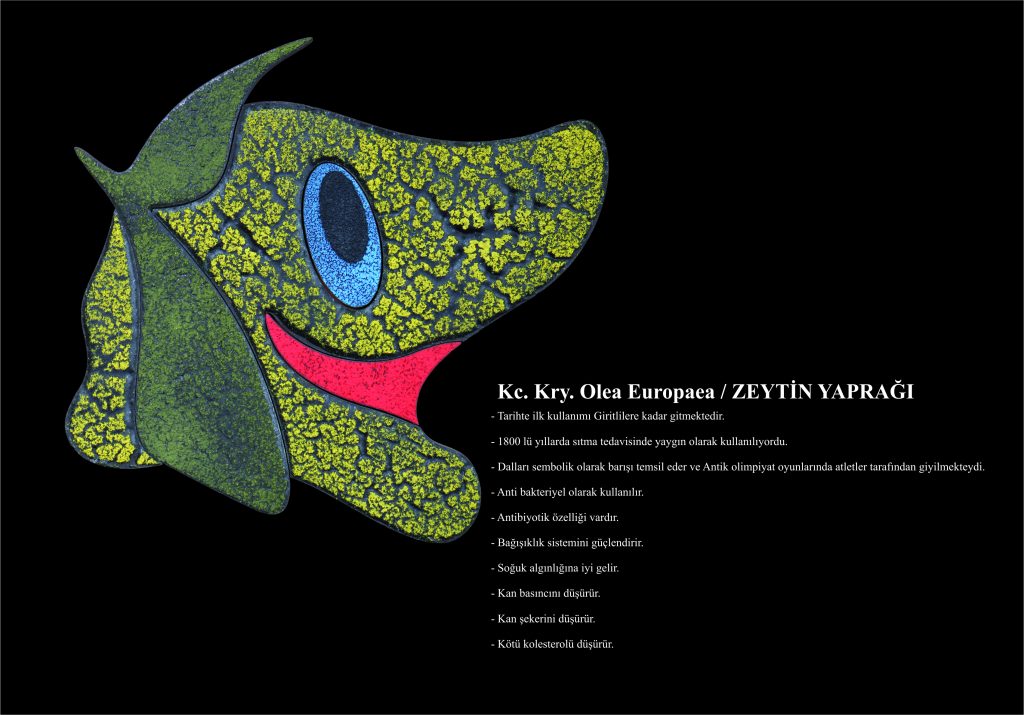





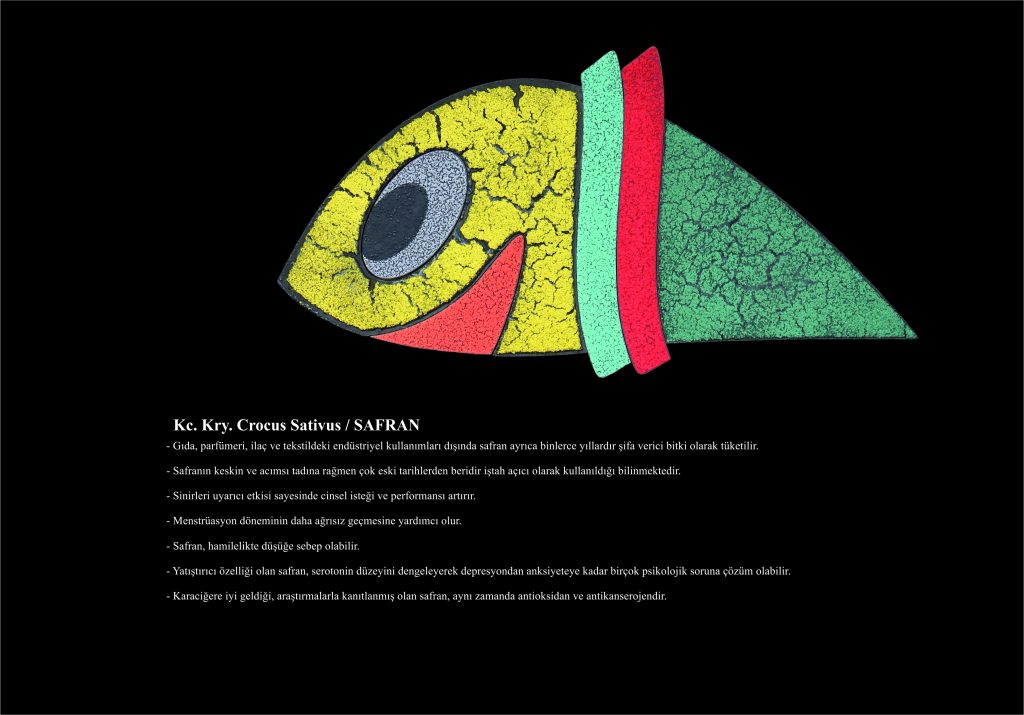

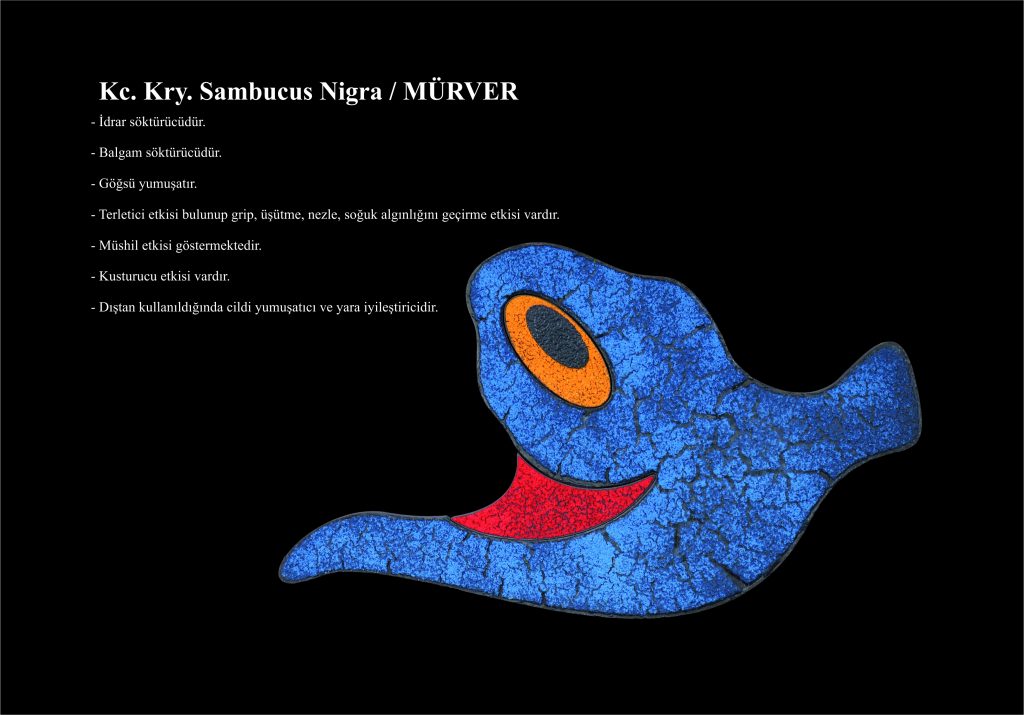
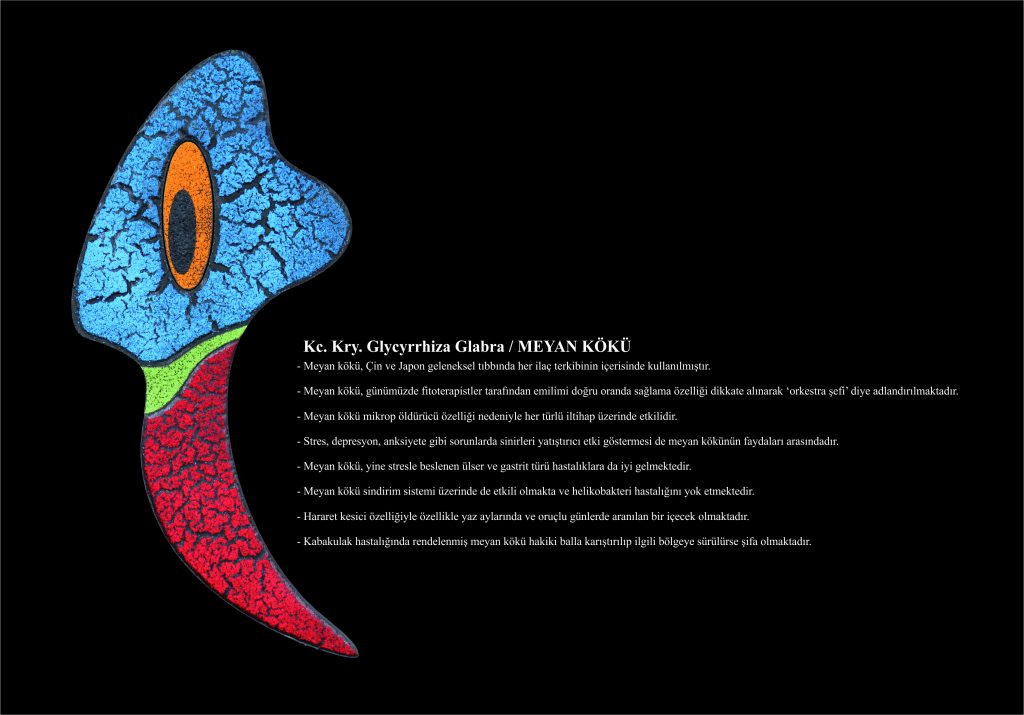

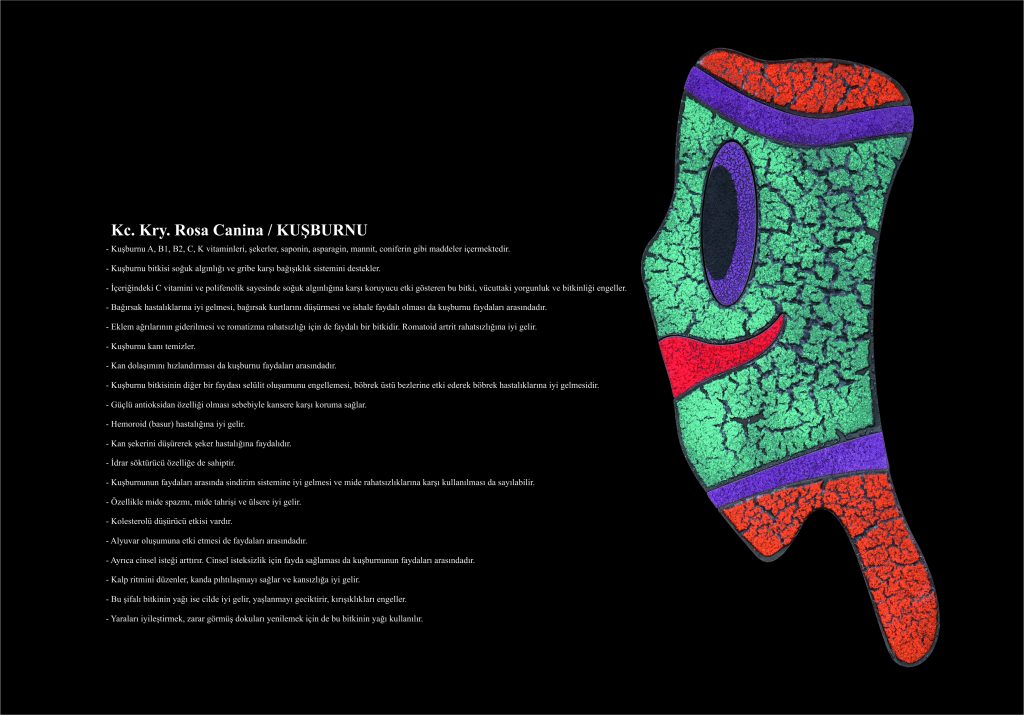


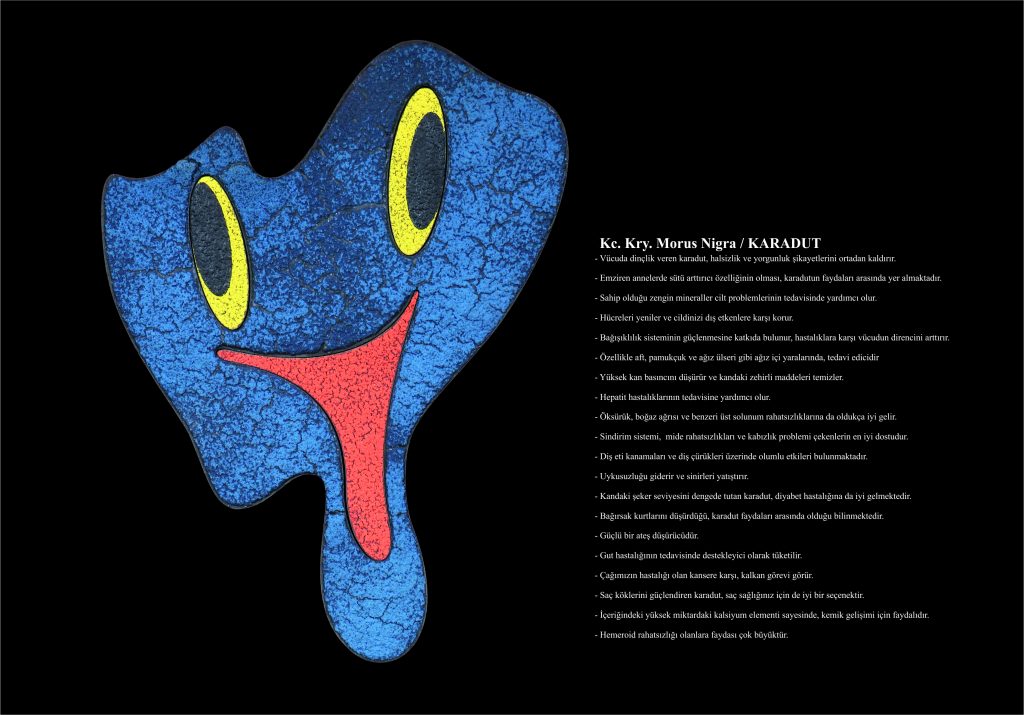










: en_US
English
EXHIBITION
EXHIBITIONS
Houston Texas, U.S.A.
Dubai, U.A.E.
Koç Gallery, ANTALYA, TURKEY
Med Cezir, KÜTAHYA, TURKEY
Tüyap – Unicera, ISTANBUL
World of Ceramic Biennale, SEOUL
Turkish and Islamic Arts Museum, ISTANBUL
50th Nasredin Hodja Festival, AKŞEHIR, TURKEY
Mövenpick Hotel, IZMIR
1. Akif Ersoy Art Center, ISTANBUL
Houston, Texas, U.S.A
Oklahoma City University, U.S.A.
EGAFED Meeting, Kuşadası, TURKEY
European Capital of Culture Events, ISTANBUL
Bergüzar Gallery, ISTANBUL
Turgut Özal University, ANKARA
Mustafa Necati Cultural Center, TBMM, ANKARA
Pendik BOAT SHOW, ISTANBUL
Exhibition: From the Past to the Future 2, ISTANBUL
Architectural Marbling Exhibition, ANTALYA
Kuwait Ahl al-Bayt Foundation Exhibit, KUWAIT
Exhibition of Selected Artists – Dumlupınar University, KÜTAHYA
2nd Annual Regional Products Exhibition, ANTALYA
Torium Mall Events, ISTANBUL
7th Annual Egem Aegean Provinces Exhibition, ANKARA
My WORK STORY
THE PEOPLE OF CARIA
I produce works of art using a special technique I have developed myself that I call ‘textured cracking’.
Every created thing, whether living or inanimate, has its own unique surface textures. These surfaces undergo changes due to the various internal and external forces they are exposed to in our universe.
Unfortunately, they do not remain as they were first created.
Deserts, mountains, riverbeds, valleys, canyons, river deltas and tree trunks all change over time and continue to change as time goes on. The textures of these objects provide the inspiration for my artwork. When we look at nature around us, it is impossible to not be thoroughly amazed at the complexity that we see.
But we live in an age of consumption where we destroy as we consume, and we are throwing our world into imbalance. For that reason, I would like to tell you about the people of Caria, an ancient civilization that has impressed me deeply because of the effort they exerted to create something beautiful in their lifetime.
Why the people of Caria?
These were people who lived on the sunny shores of the Aegean – men of bronze who came from the sea.
They were the first to put handles on shields, and plumes and tassels on helmets. It was they who built the Mausoleum of Halicarnassus, one of the seven wonders of the ancient world. They were a proud and mysterious people whose unique writing system has yet to be fully deciphered.
THE PEOPLE OF CARIA
The Carians lived in the 2nd millennium B.C.E. on the peninsula where the modern-day Turkish provinces of Muğla, Milas and Bodrum are located. While they have many secrets that are yet to be discovered, one of their most significant achievements is a medical practice called phytotherapy, a method that uses plants and herbs for treatment.
Carian doctors who became experts in treatments with herbs were called “Koja Carians”, and the medicines they produced were called “Koja Caria” medicines. Now, words and phrases often become changed or modified as they are passed from one people to the next over the centuries. This is exactly what has happened to Koja Caria medicines. People who opposed treatment with Koja Caria medicines changed the name to ‘Kojakari’, a disparaging phrase used by Turkish people today to refer to folk remedies only employed by old women.
It is no longer a secret that a woeful end awaits people and animals who eat food grown from genetically-modified hybrid seeds. How sad it is that cancer, diabetes, cardiovascular disease and many other untreatable chronic syndromes are the reason that billions of people give their hard-earned money to companies that produce synthetic and chemically-based drugs.
The goal of my art is to emphasize the importance of organic farming for people in the future to be healthy as they live and grow old, and to remind people once again about the importance of herbal treatments. Each ceramic piece that I use in my artwork represents a plant, and is fired in the oven at 1000 °C. These compositions are made by combining pieces after they come out of the oven, and they represent prescriptions used for herbal treatment.
I have thoroughly enjoyed expressing phytotherapeutical prescriptions in my artwork.
I am delighted that our world is turning more and more toward treatment with natural herbs, and that Koja Caria medicines are becoming increasingly in demand. This is why I dedicate my artwork to the people of Caria.
Özkan Elagöz
Biography
ÖZKAN ELAGÖZ – biography
1970 – KÜTAHYA / TURKEY
Özkan Elagöz is the first artist who has been able to take the “akkase” technique, which is a very difficult type of paper marbling, and apply it under the glazing of porcelain and ceramic objects.
Some of his artwork is owned by art collectors, and he has held various exhibitions in America, Kuwait, South Korea and Turkey.
Özkan Elagöz is registered with the Turkish Ministry of Culture and Tourism and works in the city of Kütahya, which is featured in the UNESCO Creative Cities Network. He produces art using a special marbling technique of his own called “layers”.
He also produces modern artwork using another technique he has developed called ‘textured cracking’. Elagöz is able to use materials discarded as waste by porcelain factories as they are reworking their products, thereby producing art from recycled waste material.
Every created thing, whether living or inanimate, has its own unique surface textures. These surfaces undergo changes due to the various internal and external forces they are exposed to in our universe.
Unfortunately, they do not remain as they were first created.
Deserts, mountains, riverbeds, valleys, canyons, river deltas and tree trunks all change over time and continue to change as time goes on. The textures of these objects provide the inspiration for his artwork.
By producing unique, custom-designed pieces with his special technique, Elagöz produces art that is capable of leaving a beautiful mark on the world’s cultural heritage.

